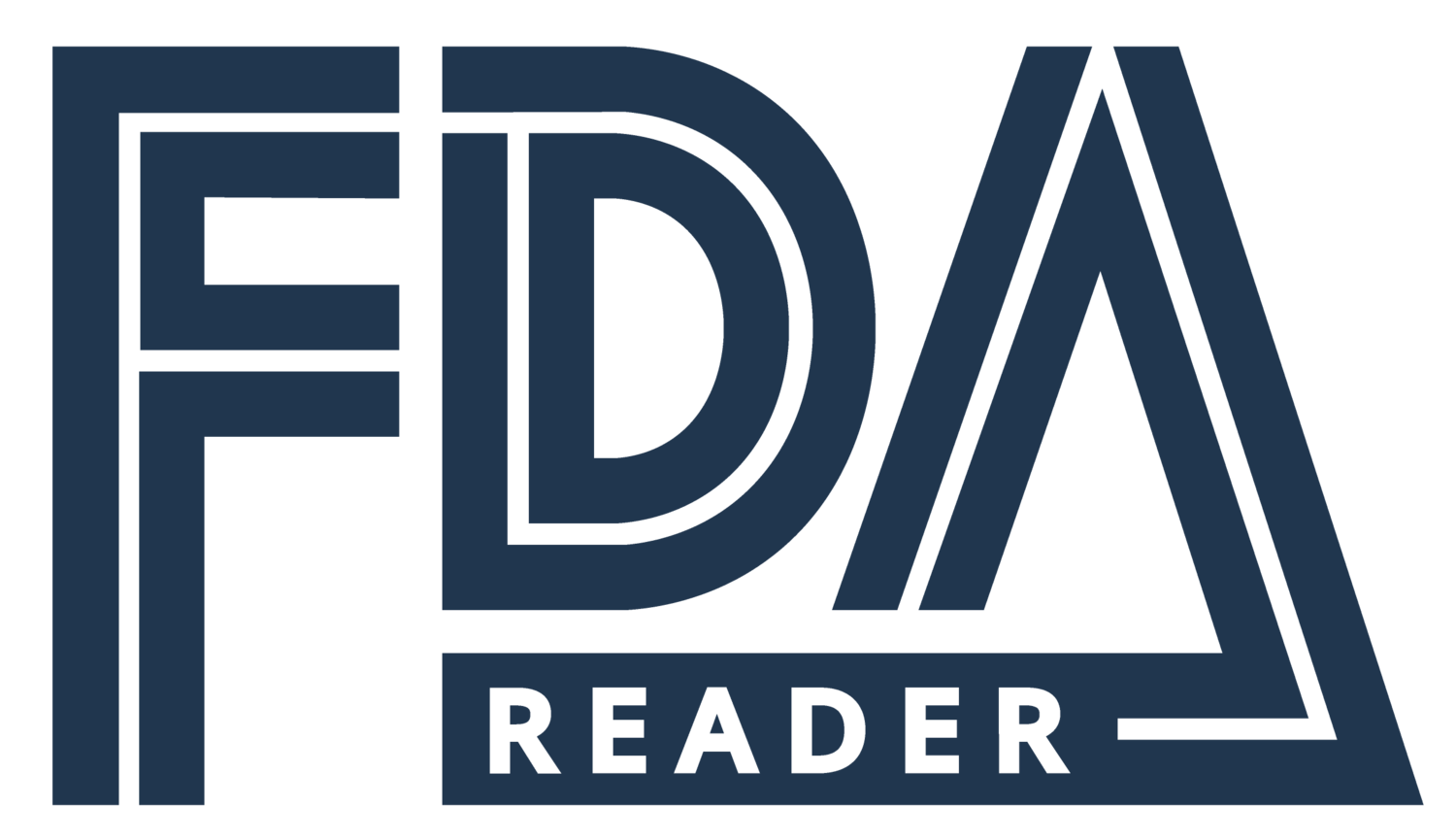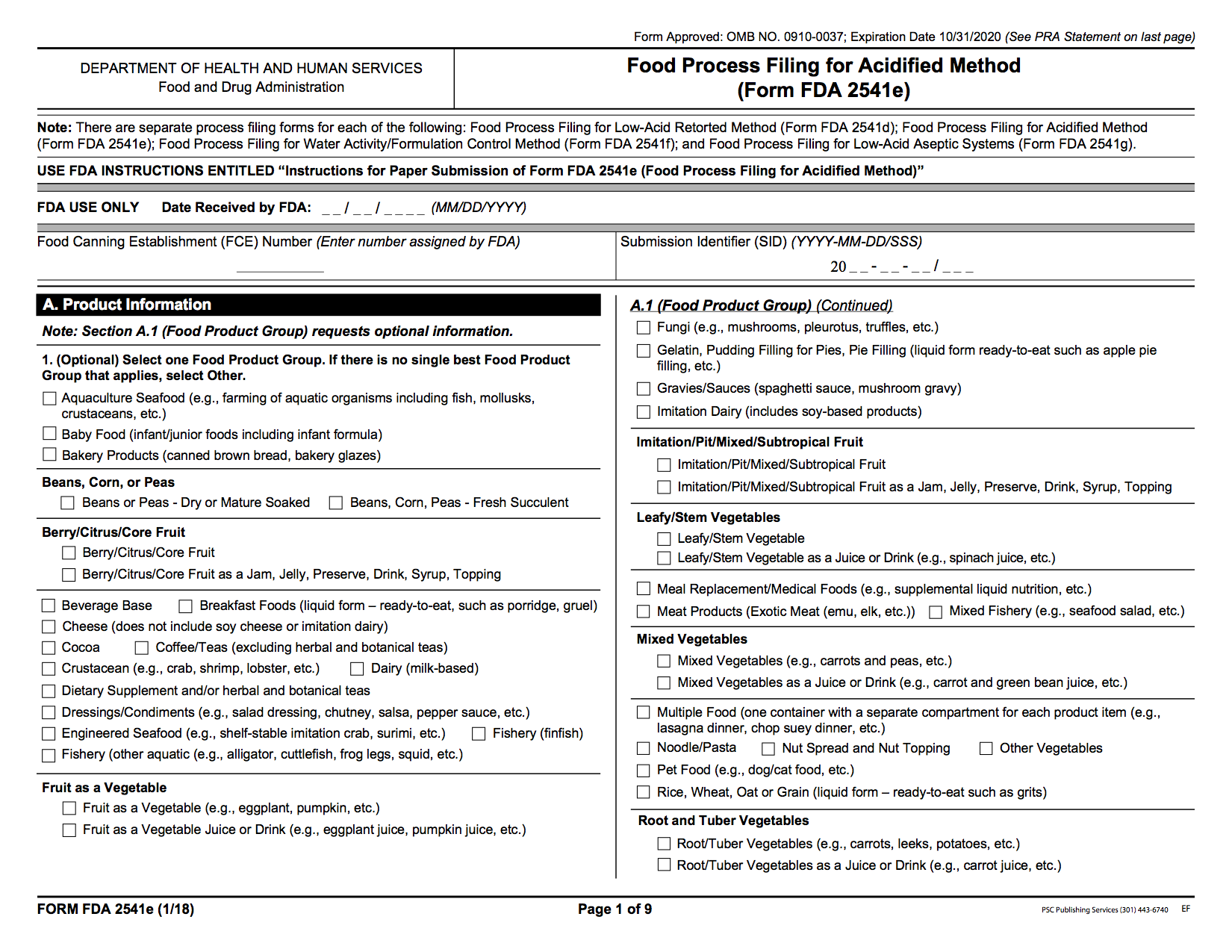Products Requiring Supplemental Registrations & Notifications
Specific product types require additional registration beyond a Food Facility Registration. They include:
Acidified Foods & Low-Acid-Canned-Foods
Infant Formula
New Dietary Ingredient
Shell Egg Producer
Acidified Foods & Low-Acid-Canned-Food Registration
This category of foods includes many fermented foods, sauces, salsa, and other food that are kept shelf-stable in a sealed container.
A commercial processor created Acidified Foods (AF) or Low-Acid-Canned-Foods must file with the FDA. Their filing will include the following information:
Establishment details
List of food processed
Processing method
If you are unsure whether this definition applies to your product, check out the glossary below or this guidance document from the FDA:
Infant Formula Registration
If you produce or distribute infant formula, then you must register prior to introducing your product to interstate commerce.
**Note that some of these filings must be made 90 days prior to the product entering interstate commerce so that the FDA may have the chance to respond**
This registration will require the following information:
Establishment details
Product Details
name and description
An explanation of why it is a new infant formula
The quantitative details of the product
A description of any reformulation of the product or change in process.
Assurance that the infant formula will not be marketed unless in meets FDA criteria.
For specific details about infant formula registrations, click here
New Dietary Ingredients
Dietary supplements that contain a "new dietary ingredient" (anything not marketed before 1994) must notify the FDA about those ingredients. This notification includes information that the new ingredient will be safe to consume as prescribed by the product label.
**Note that this filing must be submitted 75 days prior to the product entering interstate commerce so that the FDA may have the chance to respond**
This notification will contain the following information:
Your personal details
The name of the new dietary ingredient
A description of the supplement that contains the new product
Levels of the new ingredient in the product
Ordinary conditions of use
History or evidence of safe use (i.e. scientific literature, historical evidence, etc.)
Consider consulting this FDA resource about New Dietary Ingredients in Dietary Supplements
Shell Egg Producers
Producers of shell eggs (i.e. an egg hatchery or poultry house) must register the details of their facility. This is due to the high frequency of food borne illnesses associated with shell eggs, largely due to temperature abuse and the transportation of this product. This registration will require the following details:
Establishment details
Dates/Size of operations
Owner information
For more information about requirements for shell egg producers, click here







































